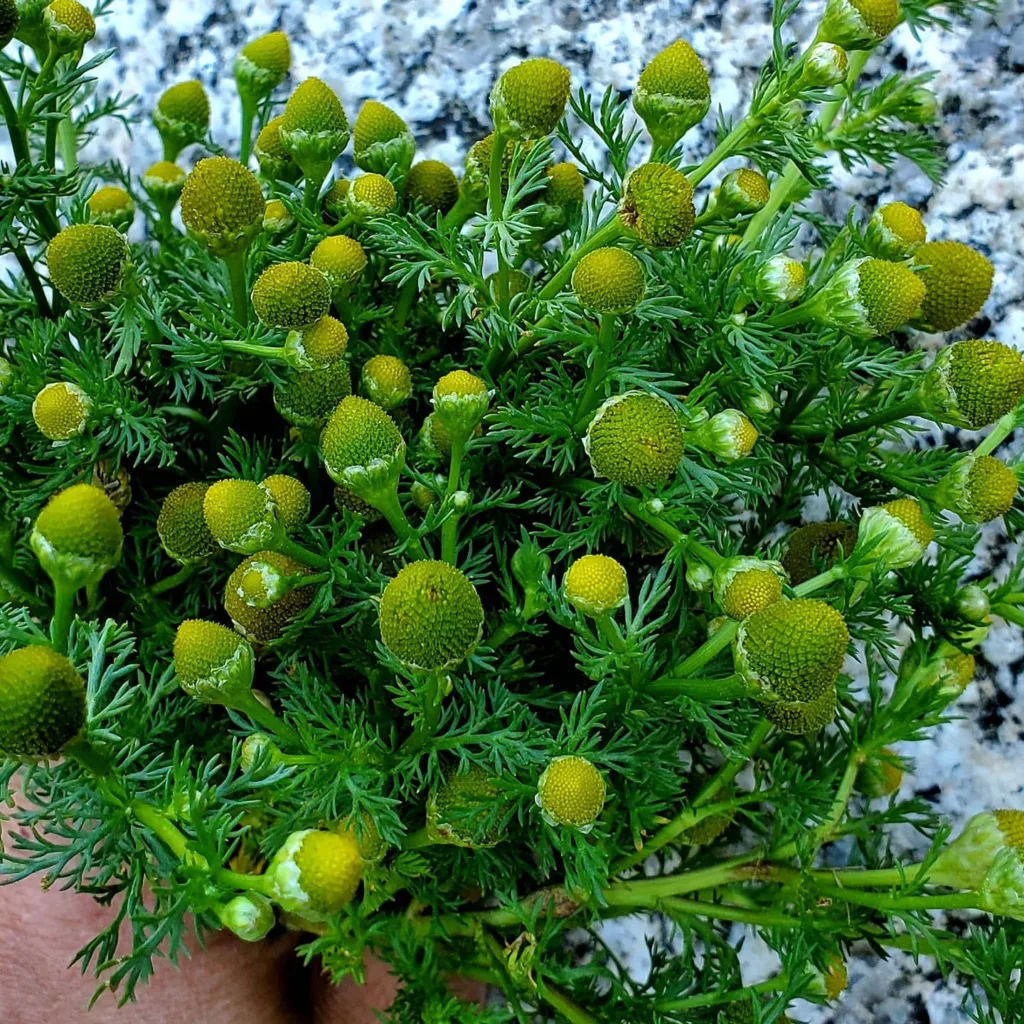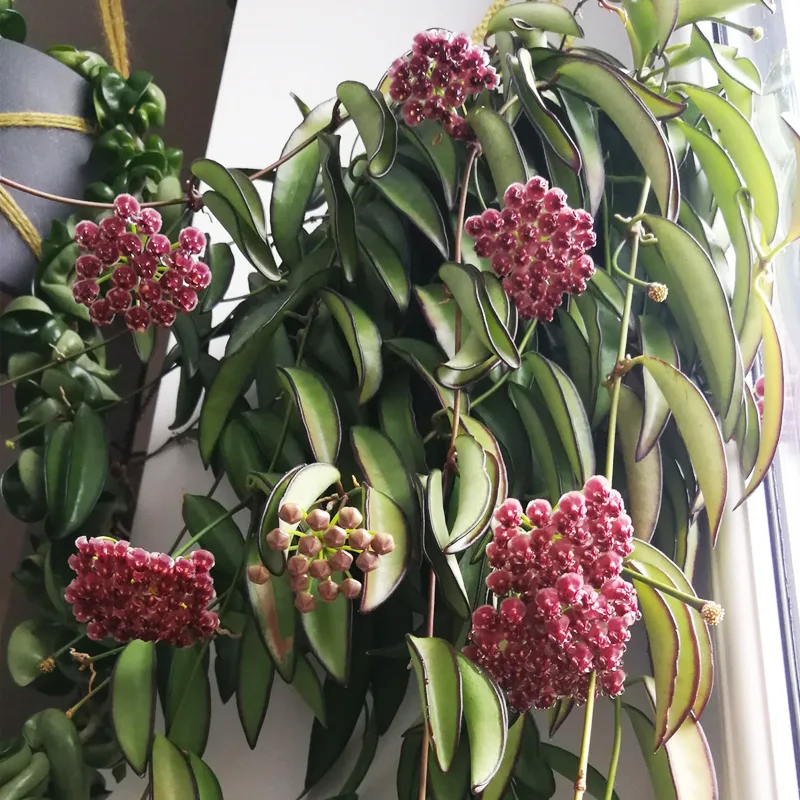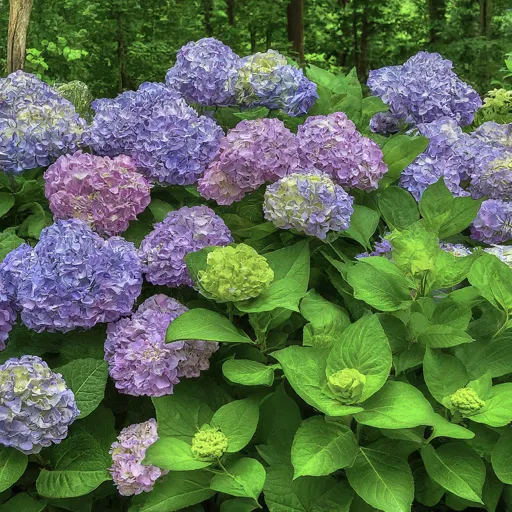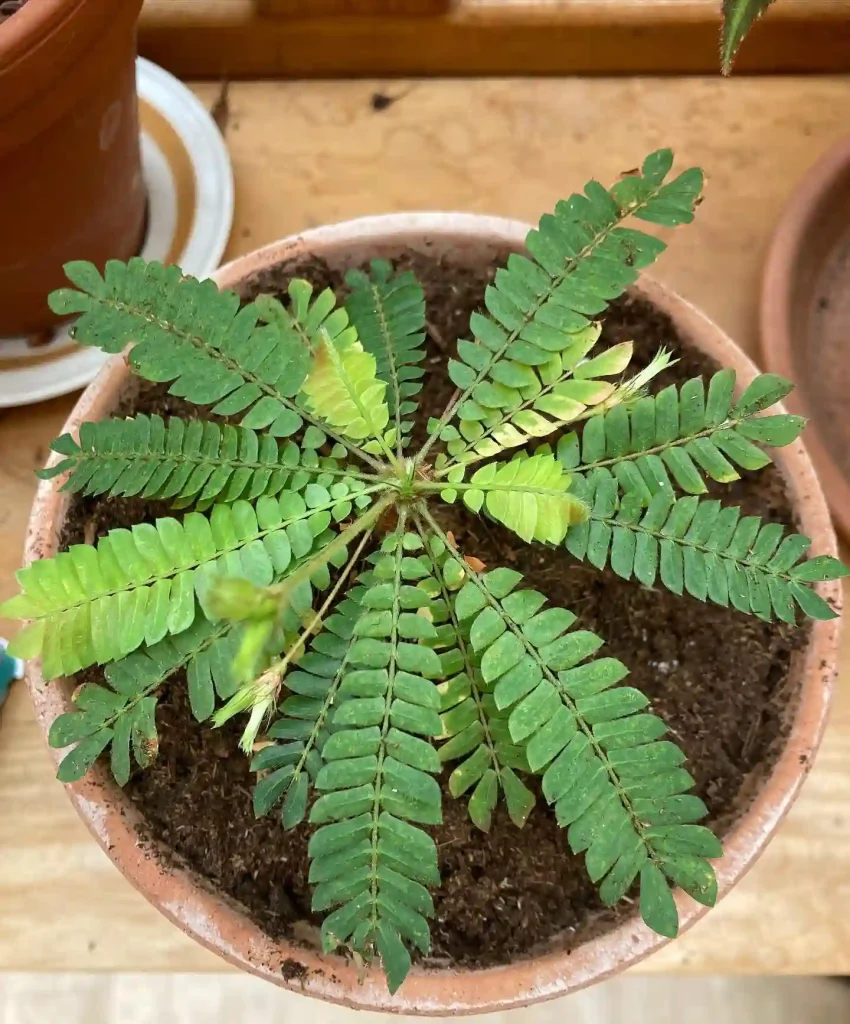
Thevetia peruviana: A Beautiful But Deceitful Delight
Thevetia peruviana, also known as Yellow Oleander, Lucky Nut, or Be-still Tree, has become a constant companion in my garden. Its vibrant yellow blooms and evergreen foliage bring a touch of sunshine year-round. But beneath its cheerful facade lies a hidden danger – every part of this plant is highly toxic. This intriguing duality is what keeps me both fascinated and cautious with Thevetia peruviana.
Before I delve deeper, let’s address the elephant in the room.
Is Thevetia peruviana Poisonous?
Absolutely! Every part of the Thevetia peruviana plant, from the leaves and flowers to the seeds and even the milky sap, contains powerful cardiac glycosides. These toxins can cause a range of severe symptoms, including nausea, vomiting, diarrhea, irregular heartbeat, and even death.
Here’s why vigilance is crucial: Thevetia peruviana’s cheerful yellow flowers bear a resemblance to Oleander (Nerium oleander), a popular ornamental plant. This can lead to accidental poisoning, especially in children and pets who might be tempted by the brightly colored seeds or sweet-smelling flowers.
Planting Thevetia peruviana with Caution
Despite its toxicity, Thevetia peruviana’s undeniable beauty can be a welcome addition to a garden, as long as proper precautions are taken. Here are some essential tips for planting and caring for Thevetia peruviana responsibly:
Choosing the Right Spot
Thevetia peruviana thrives in warm, sunny locations with well-draining soil. It’s not frost-tolerant, so if you live in an area with cold winters, consider planting it in a container that can be brought indoors during the colder months.
How to Plant Thevetia peruviana Seeds?
Thevetia peruviana can be propagated from seeds, but be aware that the germination process can be slow and erratic. Here’s my approach:
- Scarification: The hard seed coat of Thevetia peruviana can benefit from scarification, which helps to break dormancy and improve germination rates. You can achieve this by gently rubbing the seed with sandpaper or nicking the seed coat with a sharp knife.
- Sowing: Sow the seeds in a well-draining potting mix, covering them lightly with soil. Keep the soil moist but not soggy.
- Patience is Key: Germination can take anywhere from a few weeks to several months. Be patient and maintain consistent moisture levels.
- Transplanting: Once the seedlings reach a few inches tall, they can be transplanted into individual pots or directly into your garden, keeping safety in mind.
How to care for Thevetia peruviana?
- Wear Gloves: Always wear gloves when handling any part of the Thevetia peruviana plant. This will help to prevent accidental ingestion of the toxins.
- Pruning with Caution: Pruning is necessary to maintain the desired shape of your Thevetia peruviana. However, use caution and dispose of pruned material safely.
- Keep Children and Pets Away: Plant Thevetia peruviana in an area that is out of reach of children and pets. Consider using fencing or barriers if necessary.
- Label Clearly: Label your Thevetia peruviana plant clearly to warn others about its toxicity.
- Thevetia peruviana is a relatively low-maintenance plant. It requires moderate watering and occasional fertilization.
Is Thevetia peruviana a good companion plant?
Due to its toxicity, it’s best to avoid planting Thevetia peruviana near vegetables or other plants that might be consumed.
How big is Thevetia peruviana bush?
Thevetia peruviana can grow up to 8 meters (25 feet) tall, but regular pruning can keep it at a more manageable size.
Thevetia peruviana’s beauty comes with a responsibility. By understanding its toxic nature and taking the necessary precautions, you can enjoy this plant’s vibrant blooms in your garden safely. Remember, gardening is about creating a beautiful and welcoming space, but safety should always be the top priority.
If i die, water my plants!



